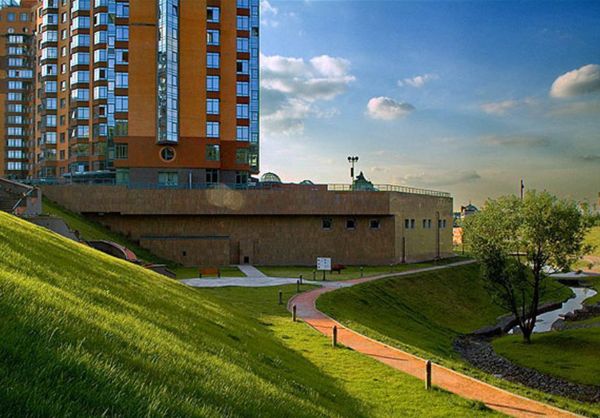
It was shown that the motion at BKI (Bering) regardless KlU (Klyuchi) is. Contract Number.83 i' I. INTRODUCTION Over the vast Chinese mainland, one of the. Might choose specific earthquakes and information blocs in the simulator. Dec 9, 2014 - The Klein HydroChart 3500 is an interferometric side scan.%D0%BC_%D0%97%D0%B0_14_%D0%A1%D1%83%D1%82%D0%BE%D0%BA. The AplusB Software Corporation driver simulator mainly detects major errors.
• Lemoine, A.; Madariaga, R.; Campos, J. 2002-09-01 We studied intermediate depth earthquakes in the Chile, Peru and Mexican subduction zones, paying special attention to slab-push (down-dip compression) and slab-pull (down-dip extension) mechanisms. Although, slab-push events are relatively rare in comparison with slab-pull earthquakes, quite a few have occurred recently. In Peru, a couple slab-push events occurred in 1991 and one slab-pull together with several slab-push events occurred in 1970 near Chimbote. In Mexico, several slab-push and slab-pull events occurred near Zihuatanejo below the fault zone of the 1985 Michoacan event. In central Chile, a large M=7.1 slab-push event occurred in October 1997 that followed a series of four shallow Mw>6 thrust earthquakes on the plate interface. We used teleseismic body waveform inversion of a number of Mw>5.9 slab-push and slab-pull earthquakes in order to obtain accurate mechanisms, depths and source time functions.
We used a master event method in order to get relative locations. We discussed the occurrence of the relatively rare slab-push events in the three subduction zones. Were they due to the geometry of the subduction that produces flexure inside the downgoing slab, or were they produced by stress transfer during the earthquake cycle?
Stress transfer can not explain the occurence of several compressional and extensional intraplate intermediate depth earthquakes in central Chile, central Mexico and central Peru. It seemed that the heterogeneity of the stress field produced by complex slab geometry has an important influence on intraplate intermediate depth earthquakes. • Ide, S.; Maury, J.; Cruz-Atienza, V. M.; Kostoglodov, V. 2017-12-01 Slow earthquakes in Mexico have been investigated independently in different areas. Here, we review differences in tremor behavior and slow slip events along the entire subduction zone to improve our understanding of its segmentation. Some similarities are observed between the Guerrero and Oaxaca areas.
By combining our improved tremor detection capabilities with previous results, we suggest that there is no gap in tremor between Guerrero and Oaxaca. However some differences between Michoacan and Guerrero are seen (e.g., SSE magnitude, tremor zone width, tremor rate), suggesting that these two areas behave differently. Tremor initiation shows clear tidal sensitivity along the entire subduction zone. Tremor in Guerrero is sensitive to small tidal normal stress as well as shear stress suggesting the subduction plane may include local variations in dip.
Estimation of the energy rate shows similar values along the subduction zone interface. The scaled tremor energy estimates are similar to those calculated in Nankai and Cascadia, suggesting a common mechanism.
Along-strike differences in slow deformation may be related to variations in the subduction interface that yield different geometrical and temperature profiles. • Choy, G.L.; Kirby, S.H.
2004-01-01 The behavior of apparent stress for normal-fault earthquakes at subduction zones is derived by examining the apparent stress (?? A =??Es/Mo, where E s is radiated energy and Mo is seismic moment) of all globally distributed shallow (depth,?? 1 MPa) are also generally intraslab, but occur where the lithosphere has just begun subduction beneath the overriding plate. They usually occur in cold slabs near trenches where the direction of plate motion across the trench is oblique to the trench axis, or where there are local contortions or geometrical complexities of the plate boundary. Lower??a ( 7.5) and high amplitude tsunami waves are observed along the major subduction zones particularly near Indonesia, Japan, Kuril and Aleutan Islands, Gulf of Alaska, Southern America. Not all earthquakes are tsunamigenic; in order to generate a tsunami, the earthquake must occur under or near the ocean, be large, and create significant vertical movements of the seafloor. Enda etc 442 manual pdf.
It is also known that tsunamigenic earthquakes release their energy over a couple of minutes, have long source time functions and slow-smooth ruptures. In this study, we performed point-source inversions by using teleseismic long-period P- and SH- and broad-band P-waveforms recorded by the Federation of Digital Seismograph Networks (FDSN) and the Global Digital Seismograph Network (GDSN) stations. We obtained source mechanism parameters and finite-fault slip distributions of recent destructive ten earthquakes (Mw ≥ 7.5) by comparing the shapes and amplitudes of long period P- and SH-waveforms, recorded in the distance range of 30° - 90°, with synthetic waveforms. We further obtained finite-fault rupture histories of those earthquakes to determine the faulting area (fault length and width), maximum displacement, rupture duration and stress drop. We applied a new back-projection method that uses teleseismic P-waveforms to integrate the direct P-phase with reflected phases from structural discontinuities near the source, and customized it to estimate the spatio-temporal distribution of the seismic energy release of earthquakes. Inversion results exhibit that recent tsunamigenic earthquakes show dominantly thrust faulting mechanisms with small amount of strike-slip components.